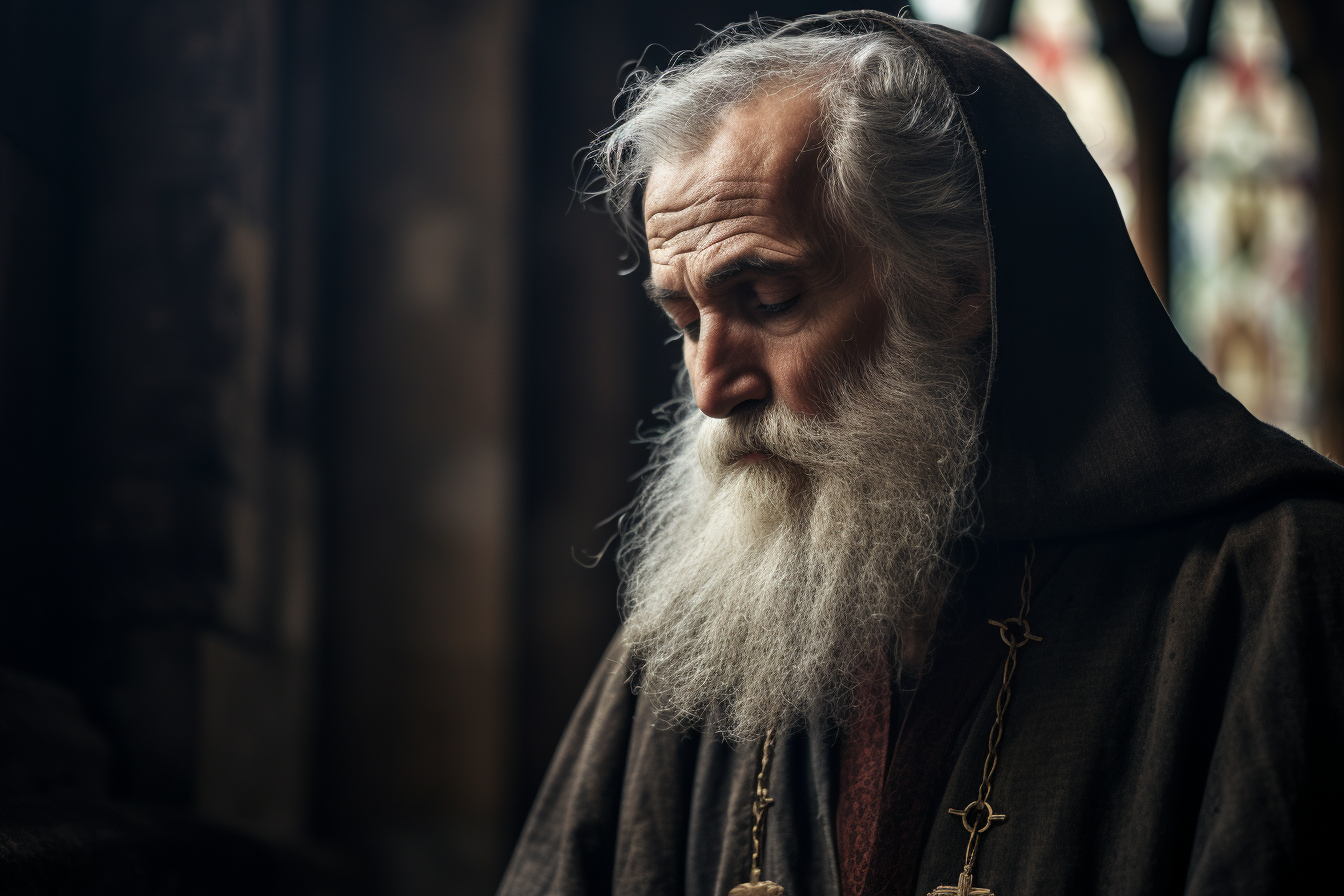
St. Simon Stock
St. Simon Stock
When they lived:
St. Simon Stock is believed to have lived in the 12th and 13th centuries.
Where they lived:
St. Simon Stock is most famously associated with the town of Aylesford in Kent, England. He is believed to have spent a significant portion of his life as a hermit in the nearby wilderness of Mount Carmel in the Holy Land.
Notable world events during the time of their life:
- The Third Crusade (1189-1192): St. Simon Stock lived during the tumultuous era of the Crusades. The Third Crusade, which aimed to recapture Jerusalem from Saladin, was a significant international event during his time. This event had far-reaching political and religious consequences.
- Magna Carta (1215): St. Simon Stock’s life overlapped with the sealing of the Magna Carta, a foundational document in the development of constitutional and legal principles. Although this event primarily affected England, its principles would later influence legal systems worldwide.
- The University of Paris (Founded in 1150): During St. Simon Stock’s lifetime, the University of Paris, one of the earliest and most influential universities in Europe, was flourishing. This institution played a pivotal role in the spread of knowledge and the development of medieval education.
- Invention of the Magnetic Compass (12th Century): The 12th century saw the invention and widespread use of the magnetic compass for navigation. This technological advancement greatly influenced exploration and trade during St. Simon Stock’s era.
Patronage:
St. Simon Stock is most famously known as the patron saint of the Carmelite Order. His vision of the Virgin Mary and the scapular, a piece of clothing worn as a devotional object, is central to his patronage. He is also the patron saint of several towns, including Aylesford in England and Bordeaux in France.
When they lived:
St. Simon Stock is believed to have lived in the 12th and 13th centuries.
Where they lived:
St. Simon Stock is most famously associated with the town of Aylesford in Kent, England. He is believed to have spent a significant portion of his life as a hermit in the nearby wilderness of Mount Carmel in the Holy Land.
Notable world events during the time of their life:
- The Third Crusade (1189-1192): St. Simon Stock lived during the tumultuous era of the Crusades. The Third Crusade, which aimed to recapture Jerusalem from Saladin, was a significant international event during his time. This event had far-reaching political and religious consequences.
- Magna Carta (1215): St. Simon Stock’s life overlapped with the sealing of the Magna Carta, a foundational document in the development of constitutional and legal principles. Although this event primarily affected England, its principles would later influence legal systems worldwide.
- The University of Paris (Founded in 1150): During St. Simon Stock’s lifetime, the University of Paris, one of the earliest and most influential universities in Europe, was flourishing. This institution played a pivotal role in the spread of knowledge and the development of medieval education.
- Invention of the Magnetic Compass (12th Century): The 12th century saw the invention and widespread use of the magnetic compass for navigation. This technological advancement greatly influenced exploration and trade during St. Simon Stock’s era.
Patronage:
St. Simon Stock is most famously known as the patron saint of the Carmelite Order. His vision of the Virgin Mary and the scapular, a piece of clothing worn as a devotional object, is central to his patronage. He is also the patron saint of several towns, including Aylesford in England and Bordeaux in France.
St. Simon Stock’s life is a fascinating blend of religious devotion and historical context. His vision of the Virgin Mary and the scapular is a significant aspect of Catholic tradition, while the events of his time, such as the Crusades and the emergence of universities, add depth to his historical significance. This combination of spirituality and the broader historical landscape makes his story an intriguing subject for exploration.
St. Sabas was a monk and priest who was born in 439 AD and is known for his contributions to the early Christian monastic movement. He is also known by his Greek name, Saint Sabbas the Sanctified, and is venerated as a saint in the Eastern Orthodox Church. In this article, we will explore the life of St. Sabas and his impact on the development of monasticism.
Early Life
St. Sabas was a monk and priest who was born in 439 AD and is known for his contributions to the early Christian monastic movement. He is also known by his Greek name, Saint Sabbas the Sanctified, and is venerated as a saint in the Eastern Orthodox Church. In this article, we will explore the life of St. Sabas and his impact on the development of monasticism.
Founding of the Mar Saba Monastery
In 483 AD, St. Sabas founded the Mar Saba Monastery, which was located in the Kidron Valley near Jerusalem. The monastery was built on a site that had been used for hermitages for centuries, and it quickly became an important center of monastic life. St. Sabas is credited with establishing a strict set of rules for the monastery, which were based on the principles of prayer, hard work, and self-denial.
Contributions to Monasticism
St. Sabas is known for his contributions to the development of monasticism, which is the practice of living a solitary life devoted to religious practices such as prayer and contemplation. He is considered one of the “fathers” of Eastern monasticism, along with St. Anthony the Great and St. Pachomius.
St. Sabas is also known for his efforts to reform and revitalize monasticism in Palestine, which had become lax and corrupt. He was a strong advocate for the solitary life of the hermit, and he encouraged monks to live in small, isolated communities rather than in large, urban monasteries. He believed that this type of monasticism was more conducive to a life of prayer and contemplation.
Later Life and Legacy
St. Sabas spent the latter part of his life traveling throughout Palestine and the surrounding region, preaching and establishing monasteries. He is said to have visited many of the holy places in Palestine, including Bethlehem, the Jordan River, and the Mount of Olives.
St. Sabas died in 532 AD at the age of 93. He was canonized as a saint by the Eastern Orthodox Church, and his feast day is celebrated on December 5th.
Today, the Mar Saba Monastery still stands and is considered one of the oldest and most important monasteries in the world. It is a popular site for pilgrims and tourists, and it continues to be a center of monastic life.
Conclusion
St. Sabas was a monk and priest who is known for his contributions to the early Christian monastic movement. He is considered one of the “fathers” of Eastern monasticism, and he is credited with founding the Mar Saba Monastery, which is one of the oldest and most important monasteries in the world. His legacy continues to be celebrated in the Eastern Orthodox Church, and his teachings continue to inspire monastic communities today.



